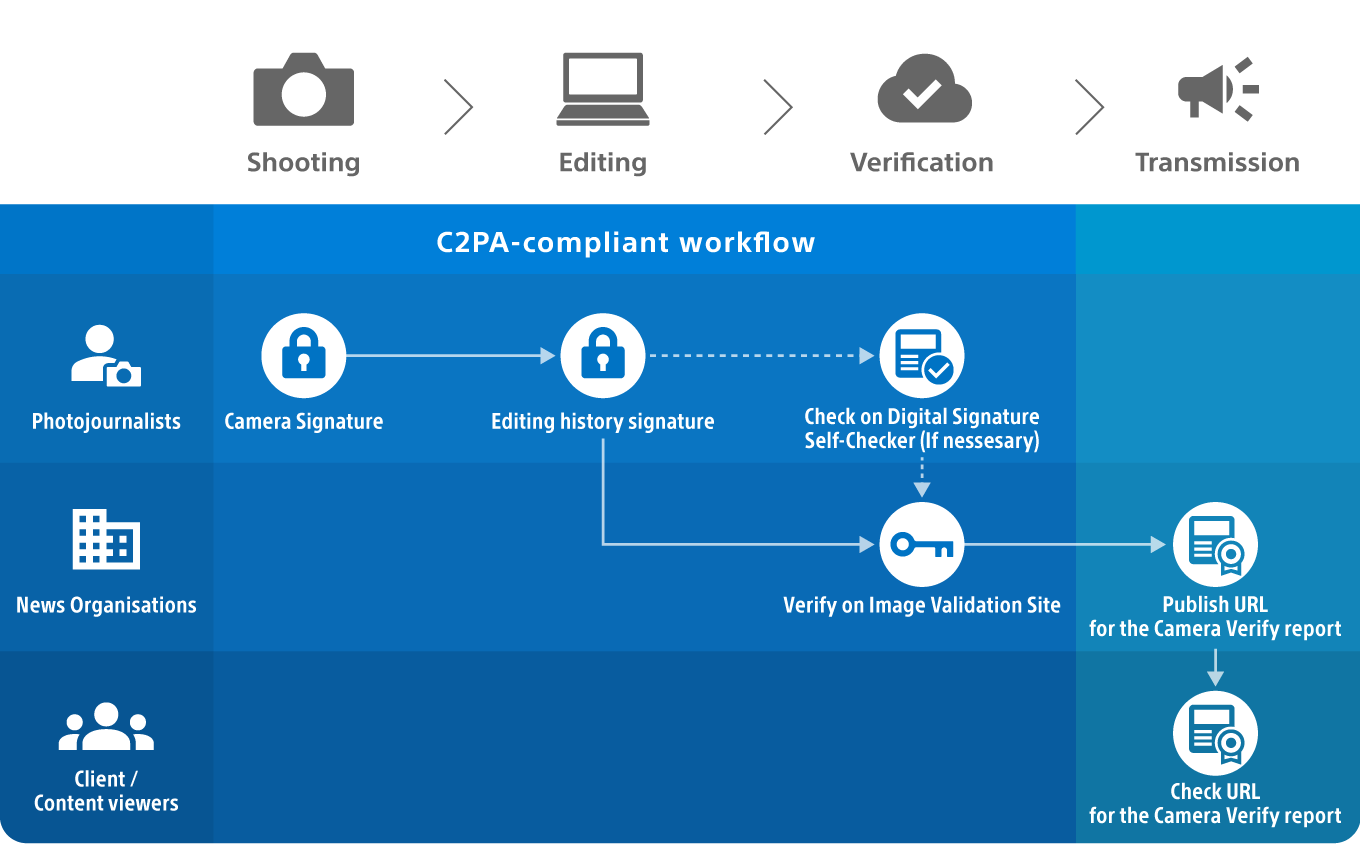Audio Should Not Be Ignored
Consumers embrace surround sound
JOHNSTON, IOWA: At its inception, terrestrial television drove the consumer market. Broadcast reception was why people purchased television sets. Color broadcast was why they bought color televisions. People bought VCRs to record broadcast television.
Times have changed. DTV sales are growing, but the majority of the displays sold do not include ATSC tuners, so clearly terrestrial broadcasting isn't driving the purchase. The driver is today's fastest-selling consumer electronics device - DVD players.
ARGUMENT FOR AUDIO
Next to DVD players, another area of growth in home theater systems is audio.
A tour of the exhibit floor at the recent Consumer Electronics Show in Las Vegas yielded literally hundreds of sound systems at prices within the budgets and size limitations of anyone with a television. This is something consumers understand.
A surround-sound system can be added to an existing system at a very reasonable price and greatly enhance the viewing experience, especially when coupled with a DVD player that makes content look better than conventional analog material on an ordinary set.
Therein lies our dilemma as broadcasters. The overall quality of our content is being compared to DVDs, digital cable, and DBS, all of which are delivered to the consumer digitally and therefore display at better quality than our terrestrial analog broadcast.
In order to remain a viable, we must commit to producing content that will be judged of equal technical quality. As broadcasters, we spend a great deal of time on the picture, but we don't give enough consideration to the audio content , despite the fact that 46 percent of consumers notice the audio improvement in DTV, according to CES figures.
And regardless of whether your station is considering local origination of HD or strictly SD, the Dolby 5.1 audio is present in all video formats.
So how do we deal with 5.1 channel audio in an environment that hasn't done terribly well with two channels?
The first thing I would encourage anyone to do is to visit the Dolby Web site ( www.dolby.com ) and study the proper way to implement 5.1 channel encoding. I know many broadcasters will question the need to generate local 5.1, but this may be short-sighted.
If consumers think surround sound is important enough to invest in the hardware, why would they watch content that fails to use the capabilities? I go back to the fact that our content will be compared to other digital content. Viewers may not share our opinion that local content isn't worth the effort.
The key to good quality 5.1 channel audio is to make sure that it is implemented properly upstream. Remember that when broadcasting DTV, the intelligence travels with the bitstream and the receiver is, in reality, a pretty dumb device that only does what it's told.
This methodology prevents the viewer from having to have a Ph.D. to operate the receiver, but it does require that the content creators do their jobs correctly. If we fail, end-users will certainly hear the problem, and since we are talking about surround sound, it is possible they and their neighbors may even feel the results of errors.
One key feature in the Dolby system is dialog normalization or dialnorm. The purpose of dialnorm is to provide consistent audio levels from source to source. When properly applied, the dialnorm component will effectively deal with one of the oldest complaints in television, the loud commercial. However, if dialnorm is improperly implemented, the problem could be significantly exacerbated.
At a minimum, a station needs a method to monitor and correct improperly encoded content from outside sources. But there is more to dialnorm than just preventing loud commercials; it was also designed to maintain consistent levels between channels. It is therefore important that all facilities adhere to the standards, or end-users are disenfranchised, and they will quickly figure out who the culprit is.
I think we have to remember that, although average viewers are not and do not want to be engineers just to operate their home systems, they are significantly more sophisticated than they used to be, and they know what quality looks and sounds like.
So what does it take to monitor this system to ensure quality? Minimally, a station is going to want to be able to decode, measure and monitor the AC-3 stream to verify performance.
PROPER MONITORING
I spent a little time recently examining the Dolby DP564 Audio Decoder. I particularly like the concept of this box because of the flexibility of its monitoring options. In a post-production environment, with dedicated space for sound isolation, the 564 can drive a 5.1 channel system and allow an operator to hear the true surround sound and note any abnormalities.
However, in most broadcast environments, the 564 is more likely to be installed in the audio chain just prior to the ATSC encoder as a final monitoring point. In that situation, the operator can take advantage of the Dolby headphone processing technology that does a very credible job of modeling the 5.1-channel sound without disrupting the rest of the room.
Dolby has expanded its headphone processing system to include a "Virtual Speaker" system that synthesizes the surround-sound experience using a pair of speakers. I had an opportunity to listen to this at CES and was impressed with the impact and believability of the technology.
Another piece of hardware critical to the service is the Dolby LM100 Loudness Meter. This is another slick piece of technology that measures the subjective loudness of dialog within audio content. Research has demonstrated that viewers adjust their sets for consistent dialog levels between content and channels, and the LM100 provides a method for comparing sources.
Since dialog is the primary audio level reference for the audience, the LM100 provides a stable reference point for other audio components such as music, sound effects or background sound. With these minimal components, an operator can do a very good job of making sure that the complex 5.1 channel audio service enhances the viewer's experience.
The professional video industry's #1 source for news, trends and product and tech information. Sign up below.
Bill Hayes is the former director of engineering and technology for Iowa PBS and has been at the forefront of broadcast TV technology for more than 40 years. He’s a former president of IEEE’s Broadcast Technology Society, is a Partnership Board Member of the International Broadcasting Convention (IBC) and has contributed extensively to SMPTE and ATSC. He is a recipient of Future's 2021 Tech Leadership Award and SMPTE Fellow.

